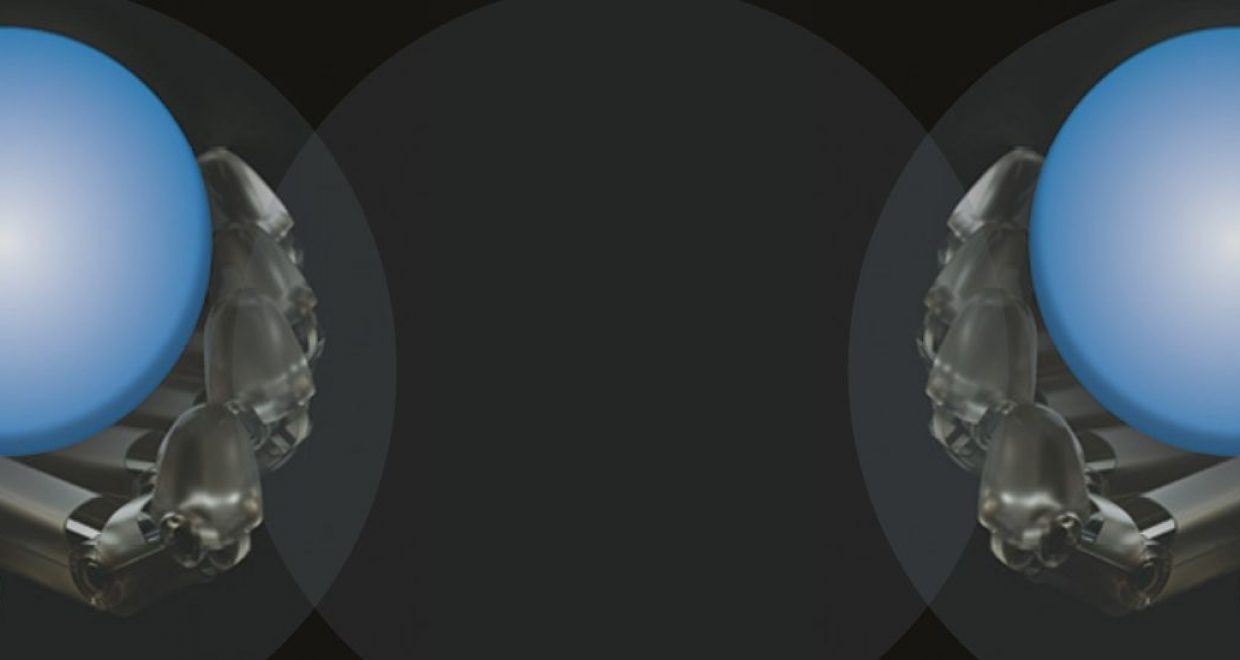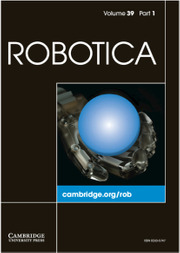Q&A with Robotica Associate Editor: Mehmet İsmet Can Dede

Associate Professor, Mehmet İsmet Can Dede, İzmir Institute of Technology, Izmir, Turkey answers our questions about his work and the journal Robotica.
What first attracted you to the field of robotics?
I have to admit that R2-D2 and C-3PO fascinated me in my childhood and they keep fascinating my 5- year old son these days. I was always curious about how things move and work. That led me studying Mechanical Engineering and especially enjoying the subjects on kinematics, dynamics and obviously, robotics.
What are you currently working on that you’d like to tell us about?
I position myself as the guy that forms the link between the mechanics and controls. I started my robotics research journey in the field of position/force control of robot manipulators, moved on towards teleoperation systems development and haptics in the last 15 years. Currently, with my team in the Robotics (http://robotics.iyte.edu.tr/) and Human-Robot Interaction (https://hur.iyte.edu.tr/) Laboratories, we are developing robotic systems for minimally invasive surgeries[1] haptic devices for medical simulators [2], and teleoperation systems [3] for underwater biomimetic robots. As spin-off research activities, we are currently very interested in actuation systems of physical human-robot interaction systems [4], stiffness modelling of robot mechanisms [5] and kinematically redundant robots [6].
What do you think the journal Robotica brings to the field?
Robotica covers all the fields of research associated with robotics. The researchers that work on a wide spectrum of robotics always find Robotica as a viable candidate to publish and share their new findings.
What are some of the challenges facing the field today?
As the robots have now walked out of their work-cells and start to work alongside the human co-workers, new challenges have emerged in the safety measures at all levels of the robot design and control. A major concern is the inherently safe system design while preserving the other performance measures such as the precision in completing the job that is undertaken.
In which areas of the field of robotics do you expect to see growth in the next five to ten years?
Sensory perception is the path towards enhancing the intelligence of robots. The improvements in sensor technologies and learning algorithms will enable the use of the robots more in our daily lives. Nevertheless, the introduction of new actuations systems, link materials and joint structures will still be in the core of the inherently safe robot designs that are aimed to be next to us in our everyday activities. Hence, there is still room for enhancements in the robot mechanisms in the future.
Why should authors publish with Robotica?
Robotica is a well-established medium for sharing the cutting-edge robotics technologies. The possibility of sharing the articles via Cambridge Core Share increases the visibility of the articles pressed in Robotica to a wider audience, which is a great benefit for the authors of the article and the researchers as well. Personally, I have always found the name Robotica very attractive and I’m very happy and honoured being published in Robotica over the years and acting as an Associate Editor of this journal since the end of 2020.
[1] (https://doi.org/10.1115/1.4049394 & https://doi.org/10.1016/j.mechmachtheory.2020.104013)
[2] (https://doi.org/10.1016/j.mechmachtheory.2019.103614),
[3] (https://doi.org/10.1017/S0263574715001010)
[4] (https://doi.org/10.1016/j.mechmachtheory.2019.06.024),
[5] (https://doi.org/10.1016/j.mechmachtheory.2019.103614 & https://doi.org/10.3390/machines7020044)
[6] (https://doi.org/10.1017/S0263574720000338 & https://doi.org/10.1108/IR-02-2016-0057 & https://doi.org/10.5772/62471)
Recent articles by Mehmet İsmet Can Dede in Robotica:







